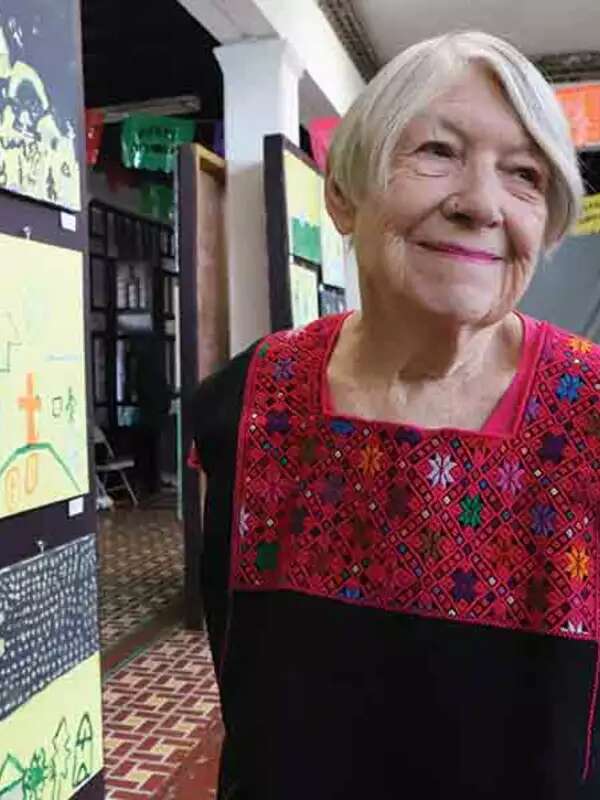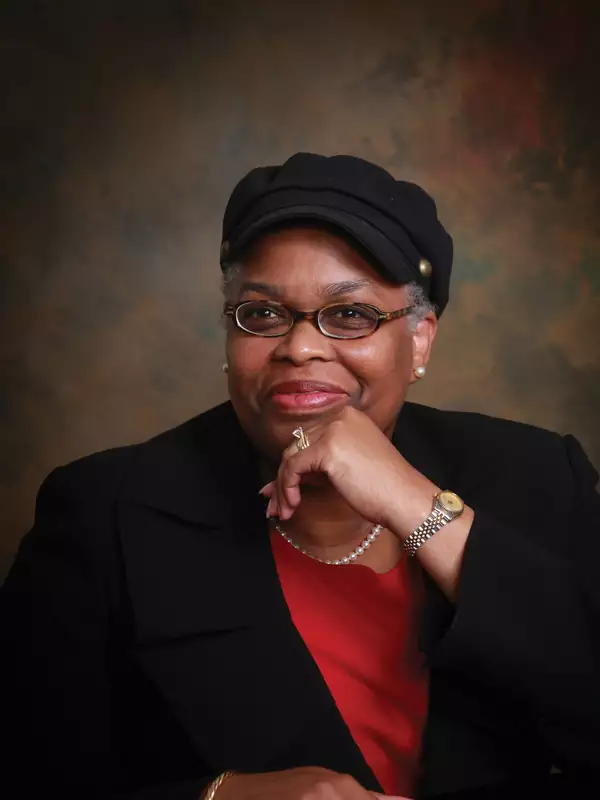

Cynthia Groomes Katz ’86 always wanted a career that would connect her with people from different backgrounds and cultures. Now that she’s a supervising attorney with HIAS, the oldest organization dedicated to refugee resettlement and pro bono legal services for asylum seekers, Katz’s working days are enmeshed in some of the most complex issues relating to current immigration debates.
But her path to this job wasn’t entirely linear. Law wasn’t even her first career choice.
Raised in Freeport, Long Island, one of New York’s more diverse suburbs, Katz chose Barnard in part because its New York City location would definitely let her “meet people from all over the world.”
Barnard didn’t disappoint, allowing her “to be my authentic self” — Black and Jewish, not one or the other — and to follow her interests. “I loved exploring different cultures and people,” she says.
Encouraged by Spanish professor Mirella Servoddio, Katz followed her passion, eventually majoring in foreign area studies–Latin America, with a minor in health and society.
Another Barnard professor suggested a career in the Foreign Service. Despite Katz’s reservations about the lack of Black members in the organization, after graduation she traveled to Washington, D.C., to take the in-person oral examination portion of the exam at the Department of State headquarters. Afterwards, she sat in on a law class at Georgetown University and, even though she “never intended to practice law,” she loved it.
Time for another pivot.
Katz went on to earn both a law degree and a master’s degree in international and comparative law from Duke University, expecting to embark on an international law career. A job at a corporate law firm changed her mind. One of her clients was a union whose members had immigration issues. Thanks to her Barnard-honed fluency in Spanish and interest in international affairs, Katz was tapped to help with two cases. After that, she was hooked on immigration law.
“I loved these cases and asked for more immigration ones,” she says, delighted with the intellectual challenge and the opportunity to speak Spanish and meet clients from around the world. Another appeal was the field’s “flexibility and breadth,” encompassing family law, clinical law, humanitarian law, and even corporate law.
She worked for the Legal Aid Society in New York, as well as the National Association for Public Interest Law (now Equal Justice Works), ultimately opening her own private practice with a focus on immigration.
Moving to HIAS in 2019 gave Katz an opportunity to devote her professional talents to humanitarian immigration work. The organization has a broad client base of refugees from Russia, Ukraine, and Afghanistan and asylum seekers from Africa, China, and Central and South America. These are people who come for a variety of reasons, all looking for permanent status.
Katz, who also handles cases of human trafficking, notes, “There are never enough hours in the day. You have to protect yourself from compassion fatigue. I look to the clients for that resilience. ... By virtue of being able to talk to the client, I’m encouraged by being part of that journey.”
Admittedly, her creativity and advocacy skills were put to the test during the previous administration, which made separating families at the border the official policy.
Katz makes sure that her staff gives “dignity and respect” to HIAS clients; “we’re often the only ones” who do, she says. And her dedication to HIAS includes participating in the organization’s diversity, equity, justice, and inclusion group.
As an observant Jew, Katz says she’s motivated by the desire to “try to make the world a better place, of tikkun olam — by living a life that’s a walking example of boldness, searching for what’s right in the world and trying to correct what’s wrong.” There’s no doubt she’s doing just that.


